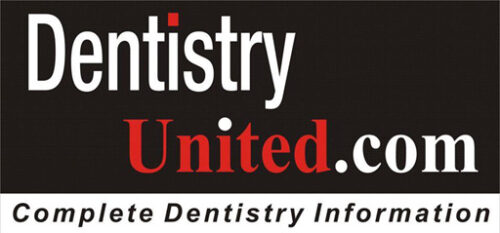- Early Detection: Dentists often see patients more frequently than physicians, making the dental chair a key checkpoint for identifying hypertension, especially in countries like India where undiagnosed cases are prevalent.
- Risk Management: Documenting BP reduces liability by ensuring safe treatment decisions, a concern for urban practices worldwide.
- Holistic Care: Screening demonstrates a commitment to patient health, building trust across diverse patient populations.
- Before Invasive Procedures: Screen before extractions, sedation, or administering local anesthesia (especially with epinephrine), as high BP increases risks.
- Patients with Hypertension History: Monitor patients with known high BP or cardiovascular conditions to ensure safe care.
- New or High-Risk Patients: Check BP for new patients or those reporting symptoms like headaches, dizziness, or a family history of heart disease.
- Clinical Judgment: If a patient appears anxious or unwell, a quick BP check can guide treatment decisions.
- Normal to Mild BP (<140/90): Safe for most procedures. Use stress-reduction techniques (e.g., calming music or breathing exercises) for anxious patients to lower BP.
- Moderate BP (140/90 to 160/100): Proceed cautiously for non-invasive treatments like cleanings. Avoid epinephrine-containing anesthetics and consider the procedure’s urgency.
- High BP (160/100 to 180/110): Defer non-emergency procedures unless the patient’s BP is chronically high and medically managed. Consult their physician if needed.
- Severe BP (≥180/110): Distinguish between hypertensive urgency (high BP without symptoms like chest pain) and hypertensive emergency (high BP with symptoms). For urgency, delay treatment and refer for medical evaluation. For emergencies, call emergency services immediately.
- Retake the Reading: Anxiety or improper cuff size can skew results. Wait 5–10 minutes, ensure a calm environment, and measure again.
- Reduce Stress: Use calming techniques like soft lighting or nitrous oxide to lower BP, especially in busy urban practices where patient anxiety is common.
- Modify Treatment: For moderately high BP, opt for non-epinephrine anesthetics or postpone elective procedures.
- Refer and Follow Up: If BP remains dangerously high, defer treatment, provide a written note with the reading, and advise medical follow-up.
- Document Thoroughly: Record BP readings, clinical rationale, patient discussions, and referrals to protect against liability.
- Train staff on accurate BP measurement techniques.
- Develop a clear protocol for handling high readings.
- Communicate openly with patients about deferred treatment and the need for medical follow-up.
- Maintain detailed records of all BP-related decisions.
- Educate patients about BP’s link to safe dental care, framing screening as a health benefit.
- Streamline screening for high-risk patients to save time.
- Use culturally relevant communication, e.g., explaining hypertension risks in local languages like Hindi for Indian patients.
- Screen BP before invasive procedures, for hypertensive patients, or when clinically indicated.
- Use thresholds like 160/100 or 180/110 as guides, but prioritize individualized care.
- Defer non-emergency treatment for severe BP and refer to physicians.
- Document all BP readings and decisions to reduce liability.
- Adapt screening to your practice’s resources, using affordable tools in settings like India.
About the Author
Dr. Hajeera Banu is a skilled dentist who graduated from RGUHS in 2014 and has since built a successful career in the field. With a strong focus on implants, restorative dentistry, and aligners, she has honed her expertise to offer her patients the highest level of care. Based in Mysore, India, Dr. Banu runs her own private practice, where she combines advanced dental techniques with a patient-centered approach.
Her passion for dentistry extends beyond her practice; she stays up-to-date with the latest advancements in the field to ensure she delivers the best outcomes. Outside of her professional life, Dr. Banu enjoys blogging, where she shares insights and experiences from her dental journey, as well as her love for cooking and traveling. These interests help to balance her dynamic lifestyle, and she continues to seek personal and professional growth in all aspects of her life. email dentistryunited@gmail.com

